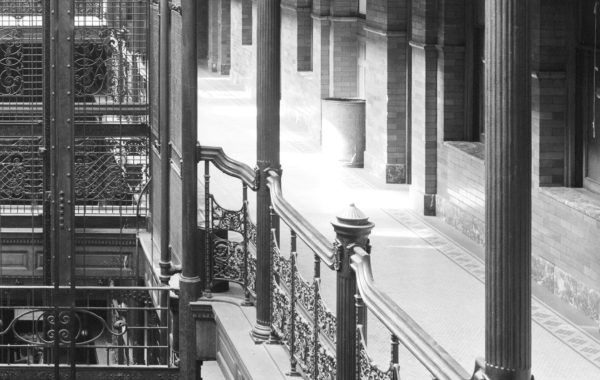Before I wrote this post about the New York State Pavilion in Flushing Meadows, I did a fast search of how many times I’ve talked here about Flushing. The answer is “a lot.” I talked about the Pavilion over two years ago, and about the feeling of being in Queens, and the Pavilion’s inclusion on a list of NYC icons, and cultural heritage as applied to a neighborhood without much architectural distinction, and why I’m wrong to say that there’s not much architectural distinction there. There are also a bunch of posts that mention various buildings in Flushing.
I keep coming back to this topic because I think that my view of architecture and change in the built environment was very much shaped by where and when I grew up. That’s no surprise, as I think everyone’s view of architecture and change in the built environment is very much shaped by where and when they grew up. So the recent announcement that the stabilization of the Pavilion is funded and work is about to start is important both because this is the kind of preservation project we need more of – a historic and iconic structure being saved for its own sake, not because it will be a good location for retail – but also because this is literally saving a piece of my childhood. I have no memory of it, but I’ve been told that I visited the World’s Fair in utero the first year and in a stroller the second. I was in the park a lot as a kid, and often around the remnants of the Fair. As a child and teen, I watched the Pavilion deteriorate. There’s a certain feeling of decrepitude that comes with knowing that a building barely older than me is in need of so much repair work, but that’s life.
Maybe I’m missing the big picture, but I feel like all preservation work comes down to this: cultural heritage is saving the physical artifacts of people’s memories. No photo can carry the same emotional weight for me as standing in the park looking up at those crazy flying-saucer towers. If it were just my memories, the towers would be long gone, but hundreds of thousands of people live near the park at any given time, so how many of us are there with similar memories?



